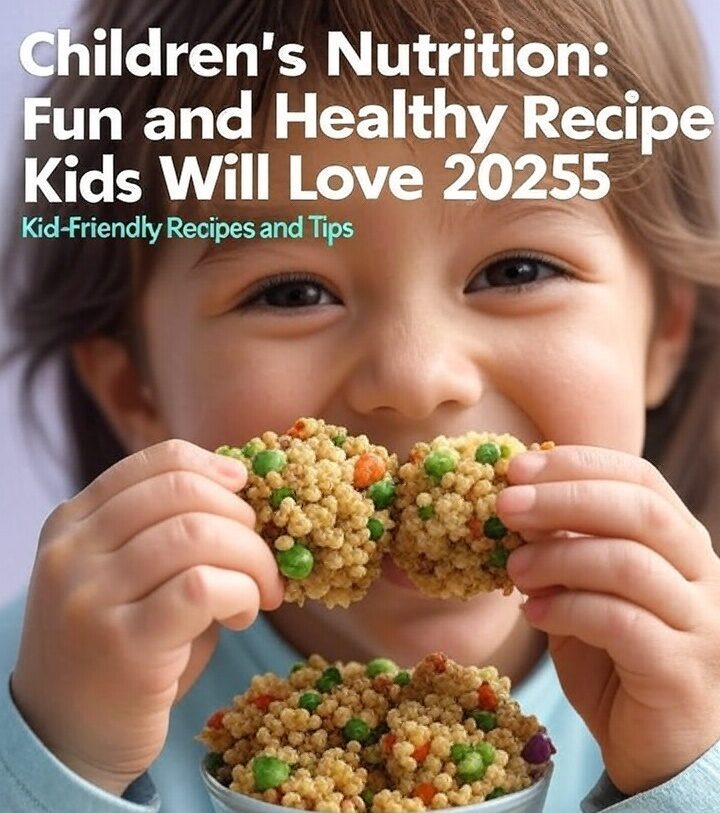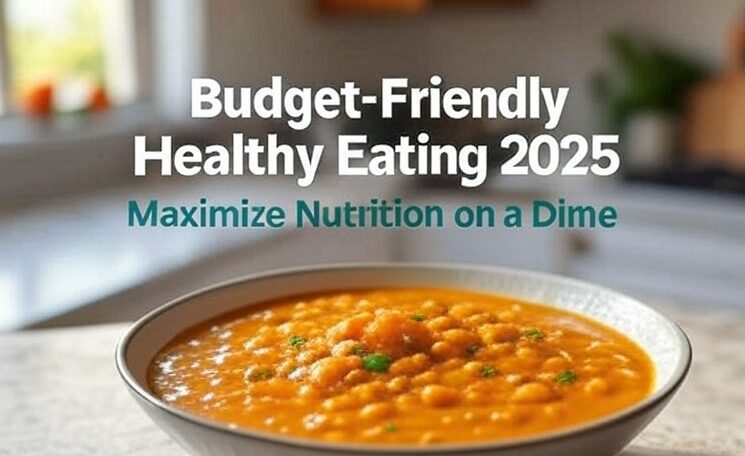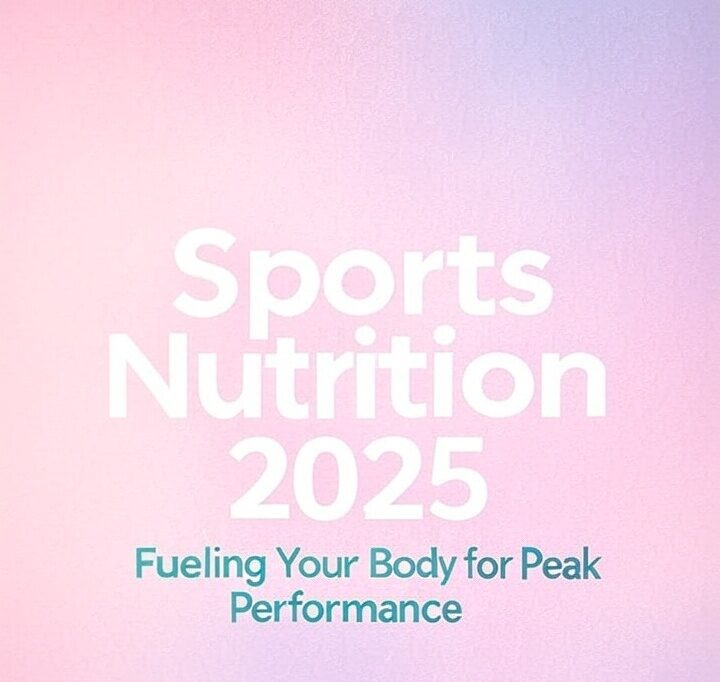Getting kids to eat healthy is a breeze with Nutritional breakdown in 2025, making nutrition fun and tasty for even picky eaters. Balanced meals fuel children’s growth and development, supporting nutritional meal planning and anti-inflammatory recipes to promote strong immunity and overall health. In 2025, kid-focused apps like Yumble (over 600,000 users in 2024) and personalized diet strategies cater to young palates, simplifying healthy eating for families.
This guide offers five kid-friendly recipes featuring superfoods from our Top 10 Superfoods guide, paired with healthy cooking tips, creative presentation ideas, and nutritious snack suggestions to engage kids. From veggie quinoa bites to fruit parfaits, these meals make healthy eating exciting. Embrace culinary nutrition for children’s wellness and explore our Ultimate Guide to Culinary Nutrition for more life stage tips! Which kid-friendly recipe will you try first?
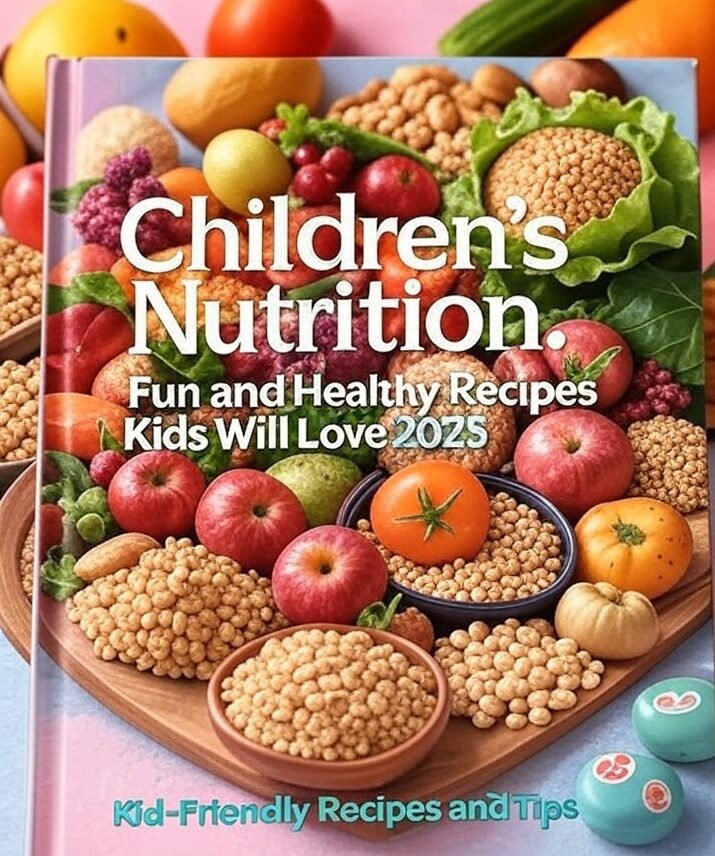
Section 1: Recipe 1 – Mini Veggie Quinoa Bites
These kid-friendly quinoa bites enhance culinary nutrition with a nutritious, tasty snack or meal. Recipe: Cook ½ cup quinoa in water (10 min). Mix with 1 cup mashed sweet potato, ½ cup finely chopped spinach, and 1 egg. Form into small bites and bake at 375°F for 15 minutes (20 min total, ~200 calories for 4 bites). Nutritional Breakdown: ~200 calories, 8g protein, 5g fat, 30g carbs, high in vitamin
A. Benefits: Fiber and vitamin A from sweet potato and spinach support growth and immunity, aligning with anti-inflammatory recipes, per 2025 research. Cooking Methods: Baking is a healthy cooking tip that retains nutrients while creating a kid-approved texture. These bites fit perfectly into nutritional meal planning for lunches or snacks. Try them today and explore our Ultimate Guide to Culinary Nutrition for more anti-inflammatory recipes! For more on kid-friendly nutrition and recipes, visit the Academy of Nutrition and Dietetics’ resources: https://www.eatright.org/food/nutrition/healthy-eating-for-kids.
Section 2: Recipe 2 – Banana Oat Pancakes
These kid-friendly pancakes reflect culinary nutrition with a tasty, nutrient-packed breakfast that kids will love. Recipe: Blend 1 ripe banana, ½ cup rolled oats, ½ cup almond milk, and 1 tsp cinnamon until smooth. Pour batter onto a non-stick pan, cooking 2-3 minutes per side for 2 pancakes (15 min total, ~250 calories). Nutritional Breakdown: ~250 calories, 6g protein, 5g fat, 45g carbs, high in fiber.
Benefits: Fiber from oats and bananas promotes digestion and supports anti-inflammatory recipes, aiding gut health, per 2025 research. Cooking Methods: Pan-cooking with minimal oil is a healthy cooking tip that keeps calories low while ensuring a fluffy texture. This recipe fits personalized diet strategies for fun, gluten-free breakfasts. Add it to your nutritional meal planning and explore our Ultimate Guide to Culinary Nutrition for more anti-inflammatory recipes!
Section 3: Recipe 3 – Chicken and Veggie Skewers
These colorful skewers boost culinary nutrition with a kid-friendly, nutrient-rich dinner that’s fun to eat. Recipe: Cube ½ lb chicken breast and skewer with cherry tomatoes and zucchini slices. Grill or bake at 400°F for 15 minutes, turning halfway (20 min total, ~300 calories). Nutritional Breakdown: ~300 calories, 25g protein, 8g fat, 10g carbs, high in vitamin C.
Benefits: High protein supports growth and muscle development, while veggies add antioxidants, aligning with anti-inflammatory recipes for immune health, per 2025 research. Cooking Methods: Grilling is a healthy cooking tip that creates low-fat, flavorful meals kids love. This dish enhances nutritional meal planning for family dinners. Serve with a dip to excite young eaters and explore our Ultimate Guide to Culinary Nutrition for more anti-inflammatory recipes!
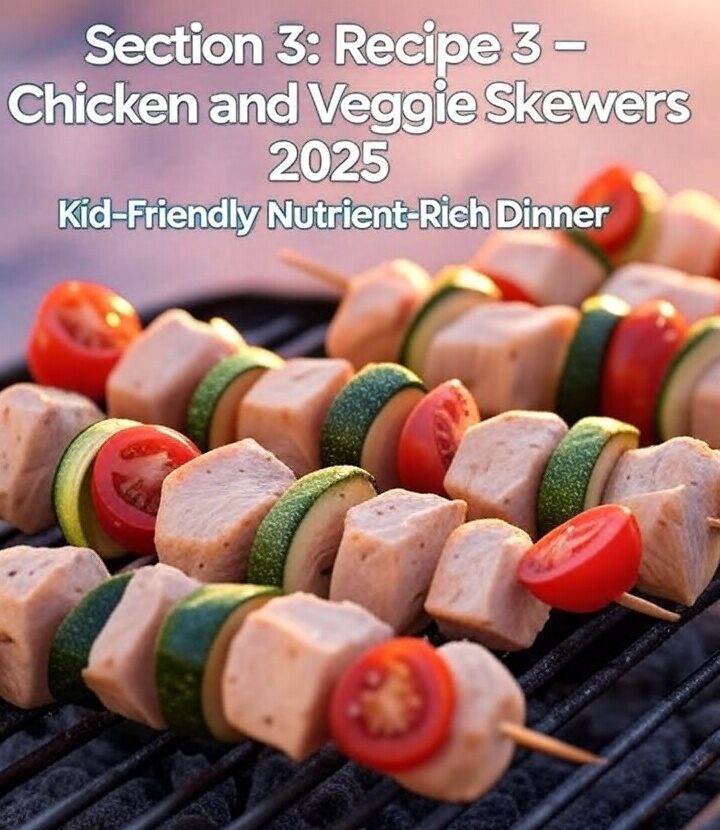
Section 4: Recipe 4 – Fruit and Yogurt Parfait
This colorful parfait simplifies culinary nutrition with a kid-friendly, nutrient-packed snack or breakfast. Recipe: Layer ½ cup Greek yogurt, ½ cup mixed berries (strawberries, blueberries), and ¼ cup gluten-free granola in a glass or bowl (10 min total, ~200 calories). Nutritional Breakdown: ~200 calories, 10g protein, 5g fat, 25g carbs, high in calcium. Benefits: Calcium supports strong bones and teeth, while berries provide antioxidants, aligning with anti-inflammatory recipes for immune health, per 2025 research. Cooking Methods: No-cook assembly is a healthy cooking tip that makes prep quick and fun for kids. This parfait fits personalized diet strategies for healthy snacking. Let kids customize their layers and explore our
Section 5: Recipe 5 – Sweet Potato Fries with Avocado Dip
These crispy fries enhance culinary nutrition with a kid-friendly, nutrient-packed side dish. Recipe: Slice 1 sweet potato into thin fries, toss with 1 tsp olive oil, and bake at 425°F for 20 minutes, flipping halfway. Blend ½ avocado with 1 tbsp lemon juice for a creamy dip (25 min total, ~250 calories). Nutritional Breakdown: ~250 calories, 4g protein, 10g fat, 35g carbs, high in vitamin A.
Benefits: Fiber and vitamin A from sweet potatoes, plus healthy fats from avocado, support vision and immunity, aligning with anti-inflammatory recipes, per 2025 research. Cooking Methods: Baking is a healthy cooking tip that delivers crispy fries with minimal fat. This dish fits nutritional meal planning for fun, healthy sides.
Section 6: Presentation Tips for Kid-Friendly Meals (178 words)
Making healthy meals appealing supports culinary nutrition by encouraging kids to enjoy nutritious foods. Tips: Use colorful plates to attract young eaters, shape foods like cutting veggies into stars or hearts, and involve kids in prep, such as assembling parfaits or skewering veggies. In 2025, gamified nutrition apps like Yumble (over 600,000 users in 2024) boost engagement through personalized diet strategies, turning meals into fun challenges.
Benefits: Fun presentations promote healthy eating habits, aligning with anti-inflammatory recipes that support immunity and growth, per 2025 research. Using vibrant, plant-based ingredients like berries and sweet potatoes ties to sustainable food practices for eco-conscious families. These strategies enhance nutritional meal planning for kids.
Section 7: Healthy Snack Ideas for Kids
These quick snacks simplify culinary nutrition with nutritious, kid-friendly options that fuel growth. Snacks: Offer apple slices with 1 tbsp almond butter, veggie sticks (carrots, cucumbers) with 2 tbsp hummus, or homemade fruit popsicles (blend 1 cup berries with water, freeze in molds, 10 min prep). Nutritional Breakdown: Each provides ~100-150 calories, rich in fiber, vitamins, or healthy fats. Benefits: Nutrient-dense snacks support development and immunity, aligning with anti-inflammatory recipes to reduce inflammation, per 2025 research.
Cooking Methods: No-cook or minimal prep is a healthy cooking tip for busy families. In 2025, apps like MyPlate (over 600,000 users in 2024) inspire nutrient-dense snacking. These snacks enhance nutritional meal planning for kids’ daily needs. Try these fun bites and explore our Ultimate Guide to Culinary Nutrition for more personalized diet strategies!
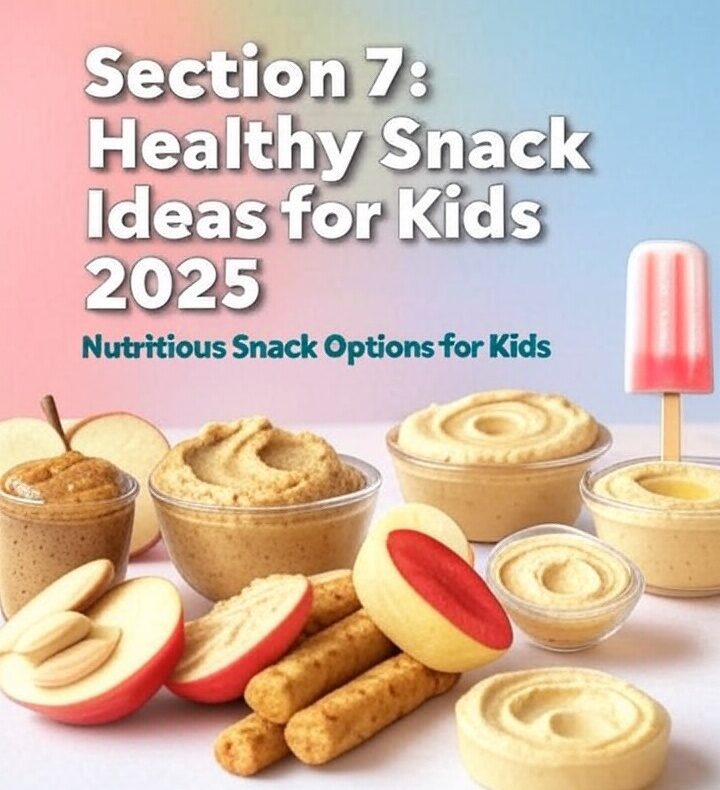
Conclusion
These recipes and tips showcase culinary nutrition for kids, blending superfoods like sweet potatoes and berries with fun presentations to make healthy eating exciting. From quinoa bites to yogurt parfaits, they align with anti-inflammatory recipes and healthy cooking tips to support growth, immunity, and digestive health, per 2025 research. Creative presentations and nutrient-dense snacks ensure kids love their meals, while apps like Yumble (over 600,000 users in 2024) simplify nutritional meal planning for busy families.
These dishes and strategies support personalized diet strategies, catering to young palates while promoting sustainable food practices. Try one recipe this week to master culinary nutrition and delight your kids with wholesome flavors! Visit our Ultimate Guide to Culinary Nutrition for more life stage insights. Which kid-friendly recipe will you try first? Share below and join the culinary nutrition movement for healthier kids!
